Dongdaemun Design Plaza (DDP) [동대문디자인플라자(DDP)]
2.5Km 2019-03-26
281, Eulji-ro, Jung-gu, Seoul
+82-2-2153-0510
* Le Dongdaemun
Design Plaza est le résultat d’un mariage entre bâtiment historique et construction
très
moderne.
*A l’intérieur du parc se trouvent des restes d’anciennes fortifications de Séoul
et du Leegansumun (265m, 8 030 m²). Se trouvent également le hall de l’histoire de
Dongdaemun (1 313 m²), le hall d’exposition Yoogu (4 460m²), le mémorial du
stade de Dongdaemun (339 m²), le hall des événements (2 058 m²), la galerie du
design (400 m²), etc.
Fat Grandma's Place (뚱뚱이할머니집)
2.5Km 2016-09-05
174-1, Jangchungdan-ro, Jung-gu, Seoul-si
+82-2-2273-5320 / 2279-2714
An elderly lady with fine wrinkles is still in charge of creating the captivating taste of jokbal (steamed pork hock). Originally, the restaurant did not have a name, but customers referred to it as the “Fat Grandma’s Place.” Sure enough, as you enter the restaurant, you will notice a plump, elderly lady with silver hair sitting at the counter. The place is well known for jokbal with an exquisite combination of rich meat and soft fat. Three or four ingredients, including ginger, are added to the simmering broth to eliminate the strong meat smell. When you order a small serving, you are served radish “water” kimchi as well as two small bindaetteok free. You can order additional bindaetteok too, three for 5,000 won. When you order a large serving, you are served four free bindaetteok. Many customers order jaengbanguksu (spicy buckwheat noodles), which goes perfectly with jokbal.
Wonjo 1ho Jangchungdong Halmeonijip(원조1호장충동할머니집)
2.5Km 2020-11-17
174, Jangchungdan-ro, Jung-gu, Seoul
+82-2-2279-9979, +82-2-2275-1064
Following his mother’s footsteps, the son of the previous owner is now managing the family business. Opened during the early years of Jokbal Street, the delicious meat at this restaurant is fondly remembered by customers. While the meat itself has almost no fat, the fat portion is extremely soft and savory. This restaurant is also different from the others in that it provides kongnamul-guk (bean sprout soup) with the jokbal (steamed pork hock). Pyeongyang-style naengmyeon (cold noodles) and tteok-mandu-guk (rice cake-dumpling soup) are also delicious. Pyeongyang naengmyeon is cooked to suit South Korean tastebuds. Besides, the noodles and dumplings are hand-made. Despite the restaurants long history, the building of the restaurant is clean and well-maintained as it was being rebuilt after a fire in the 1980s. There are plenty of tables on the first and second floors to accommodate customers, and the third floor is reserved for large groups. Especially noticeable is the clean appearance both inside and out, despite the restaurant’s long history; probably because the building was rebuilt after a fire in the 1980s. Plenty of tables on the first and second floors accommodate customers, and the third floor is reserved for large groups.
Okcheon Maeun Jokbal (옥천매운족발)
2.5Km 2021-03-29
23, Jong-ro 51na-gil, Jongno-gu, Seoul
+82-2-3672-7168
This is a restaurant serving delicious spicy pork feet. This Korean dishes restaurant is located in Jongno-gu, Seoul. The most famous menu is braised pigs' feet.
Pyeongando Jokbal (평안도족발집)
2.5Km 2021-03-30
174-6, Jangchungdan-ro, Jung-gu, Seoul
+82-2-2279-9759
Pyeongando Jokbal has a history of over 50 years, and is very popular among all the jokbal (pig's trotter) restaurants in the Jangchung-dong Jokbal Street area. The taste is outstanding, making this hard-to-find restauant a favorite among jokbal lovers.
Seongbuk-dong Jip(성북동집)
2.5Km 2020-12-24
4 Seongbuk-ro 24-gil Seongbuk-gu Seoul
+82-2-747-6234
This restaurant in Seongbuk-dong is famous for its Kalguksu (chopped noodle soup) and dumplings. This restaurant's signature menu is noodle soup. This Korean dishes restaurant is located in Seongbuk-gu, Seoul.
Seongbuk-dong Jip (성북동집)
2.5Km 2021-03-29
4, Seongbuk-ro 24-gil, Seongbuk-gu, Seoul
+82-2-747-6234
This restaurant in Seongbuk-dong is famous for its Kalguksu (chopped noodle soup) and dumplings. This restaurant's signature menu is noodle soup. This Korean dishes restaurant is located in Seongbuk-gu, Seoul.
Porte de Sukjeongmun (서울성곽 북악산 숙정문)
2.5Km 2020-06-19
San 25-22, Seongbuk-dong, Seongbuk-gu, Seoul-si
+82-2-747-2152
Parmi les quatre grandes portes (Sukjeongmun, Namdaemun, Dongdaemun et Seodaemun) construites par l’Empereur en 1396, Sukjeongmun est ce qu’on appelle la porte du Nord.
Située au Nord de Séoul, cette porte forme les ailes de la porte du Nord, avec le palais Gyeongbokgung au centre, et Changaemun (Jahamun) au centre. De crainte que cette zone doit endommagée par les piétons, l’Empereur y fit planter des pins et interdire le passage en 1413. Par conséquent, Sukjeongmun devint un agréable sentier de promenade jusqu’à son infiltration par des soldats de la Corée du Nord communiste en 1968. Suite à cet incident, la zone devint interdite aux civils.
La réouverture de Sukjeongmun en avril 2006 entraîna celle du mont Bukak en avril 2007. Elle est divisée en trois circuits. Le mont Bukak se trouve dans un excellent état de conservation grâce à cette longue période de restriction, et si vous grimpez au sommet de la montagne, vous serez récompensé par une superbe vue panoramique de Séoul.
Parc Jangchungdan (장충단 공원)
2.6Km 2020-04-28
261, Dongho-ro, Jung-gu, Seoul
Le parc de Jangchungdan se trouve au pied Nord-Est du mont Namsan. Le 20 août 1895, l’impératrice Myeongseong fut assassinée par des soldats japonais dans le palais de Gyeongbok, et de nombreux soldats comme Gyeongjik (I) et Hong Gyehun moururent alors qu’ils essayaient de retenir les intrus. L’empereur Gojong fit bâtir le sanctuaire de Jangchungdan (à l’emplacement actuel de la guesthosue Shilla hotel) en novembre 1900 à la mémoire de ces soldats. Le sanctuaire fut détruit durant la guerre de Corée et le site a été rénové pour en faire un parc en 1919.
Le 22 septembre 1984, le parc de Jangchungdan a été désigné 374ème parc de voisinage de Corée, et une partie du parc a été intégré au parc de Namsan. La zone restante a conservé le nom de « Parc de Jangchungdan » et abrite toujours des biens culturels tels que la Pierre Commémorative de Jangchungdan, Supyogyo, Seungjeongjeon, Gwanseongmyo, and Waryongmyo. Le parc est considéré comme un haut lieu du patriotisme, car on y trouve la pierre commémorative du mouvement d’indépendance coréen de 1919 ainsi que d’autres monuments dédiés à des personnalités telles que Han Yongun, Yu Gwansun et Gim Yonghwan qui ont combattu pour l’indépendance de la nation.
Porte Changuimun (창의문)
2.6Km 2020-04-02
118, Changuimun-ro, Jongno-gu, Seoul
+82-2-2148-1822
Changuimun a souvent été appelé Jahamun. C’était l’un des quatre petits portails du Nord entourant la ville fortifiée de Séoul au temps de la dynastie Joseon. A cause de la fermeture de Sukjeongmun, l’une de ces quatre portes, Changuimun au Nord est devenue très populaire, tant et si bien que les gens l’appelaient « la Porte du Nord ». C’est également la seule porte parmi les quatre à avoir conservé son état d’origine. Malgré ses petites dimensions (moins de 50 m²), son aspect est solide et robuste. Alors que Dongsomun, une autre des quatre portes, est décorée de phénix, Changuimun est ornée d’un poulet de bois entre ses chevrons. Comme le poulet était supposé être le pire ennemi du mille-pattes, le gens croyaient qu’un poulet de bois permettraient de surmonter l’influence néfaste du mille-pattes.
![Dongdaemun Design Plaza (DDP) [동대문디자인플라자(DDP)]](http://tong.visitkorea.or.kr/cms/resource/73/1902773_image2_1.jpg)
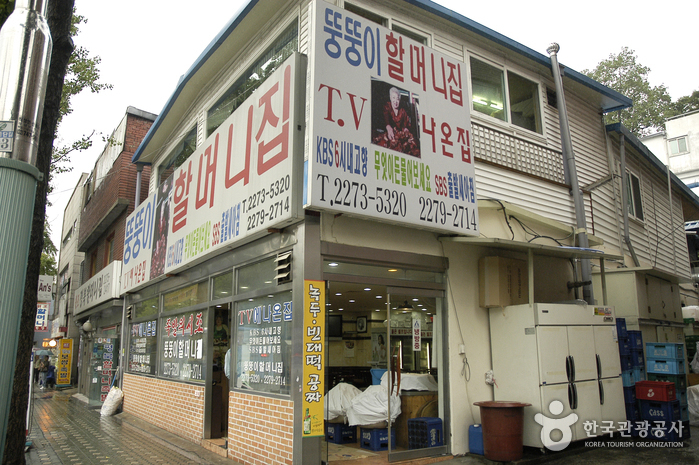
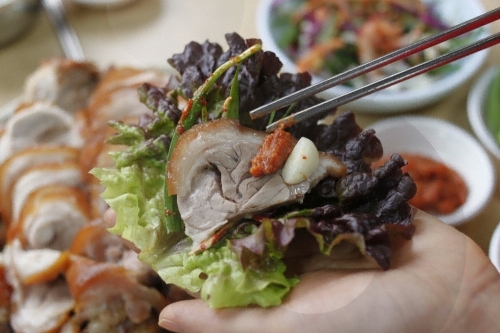
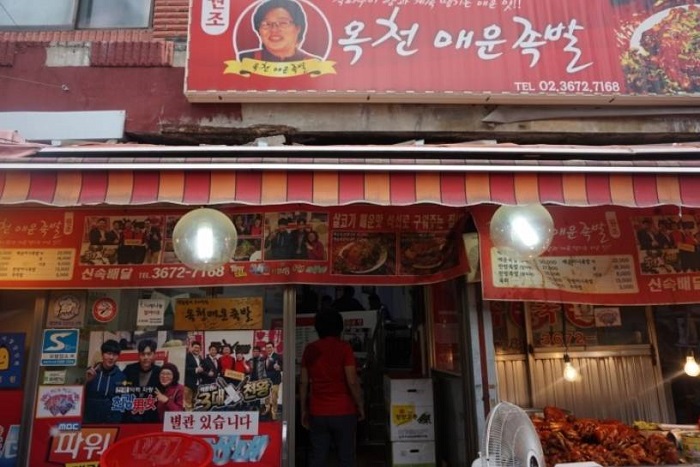
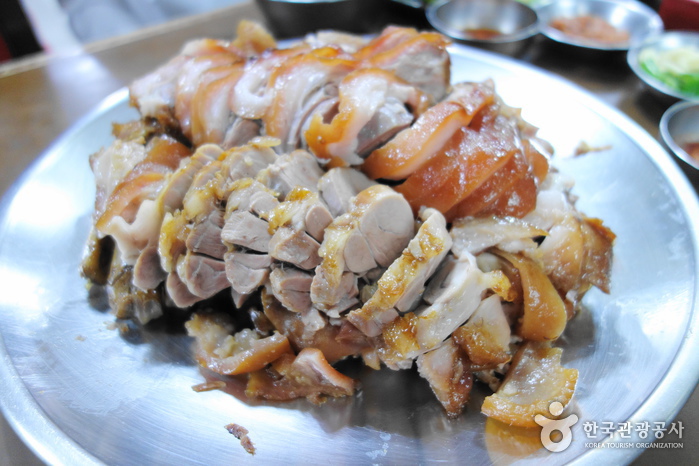
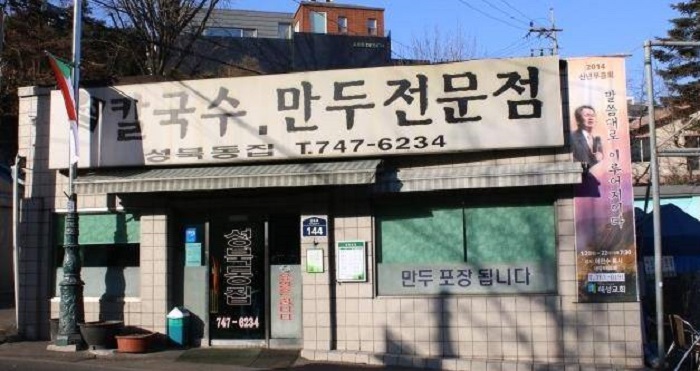
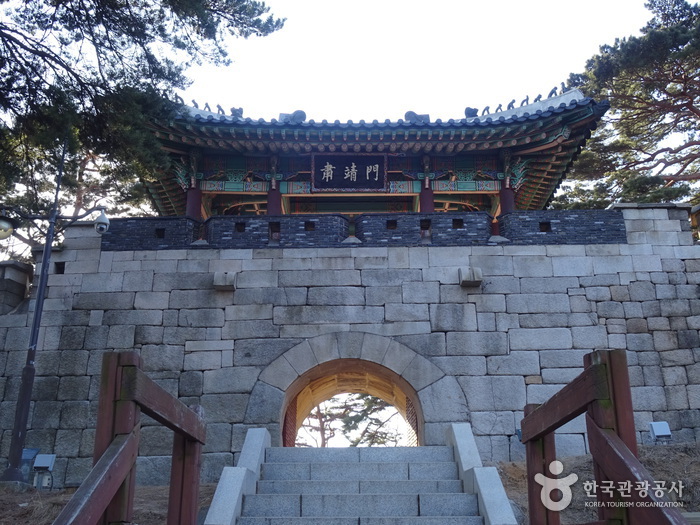

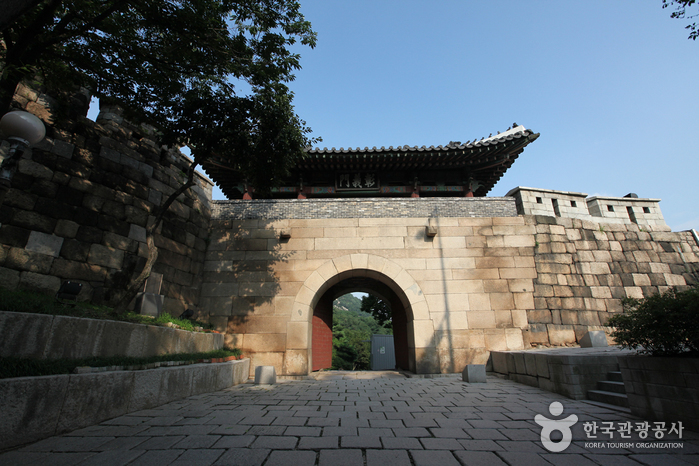
 Français
Français
 한국어
한국어 English
English 日本語
日本語 中文(简体)
中文(简体) Deutsch
Deutsch Español
Español Русский
Русский